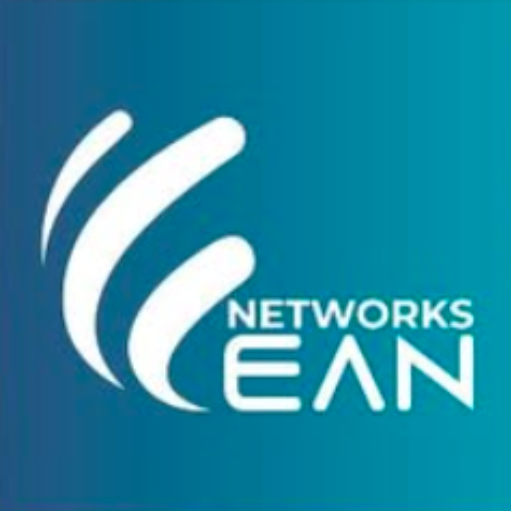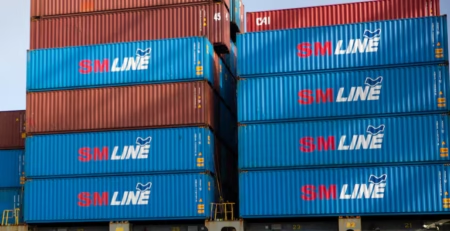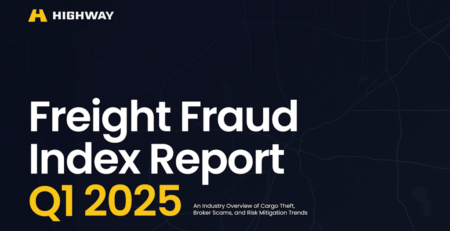“A New Chapter for U.S.–Mexico Trade: $10 Billion Freight Corridor Breaks Ground in Laredo”
By Maria Kalamatas – June 21, 2025
Location: Laredo, Texas
LAREDO, TX — For decades, freight trucks have inched across the U.S.–Mexico border in Laredo, forming long lines in the Texas heat. Now, that familiar scene may soon disappear.
A binational infrastructure project valued at $10 billion, approved this week, will reshape how goods move between the two countries. Spearheaded by a private consortium known as Green Corridors LLC, the initiative will establish a fully automated freight transport line between Laredo and Monterrey, Mexico’s industrial heartland.
“This is more than a transport project. It’s a coordinated rethinking of cross-border logistics,” said Juan Castañeda, a former trade attaché involved in the project’s planning phase.
A bold alternative to traditional trucking
Rather than expanding existing road networks, the plan introduces a dedicated corridor designed for autonomous cargo vehicles. These driverless pods will travel on elevated tracks, bypassing congestion and eliminating stop-and-go delays at customs checkpoints.
Every pod will carry embedded tracking technology, allowing for real-time visibility and pre-clearance with customs authorities in both countries. By decoupling freight from traffic, developers estimate a 40% reduction in transit time between the two cities.
According to project engineers, the system is expected to handle over $300 billion in trade volume per year, once it becomes fully operational by 2030.
Local impact and international strategy
The Laredo–Monterrey route is already one of the most commercially active land corridors in the Western Hemisphere. Over 14,000 freight trucks cross through Laredo each day, often waiting hours before passing through inspection. The new corridor, if successful, will relieve pressure on existing ports of entry and shift the logistics dynamic in the region.
Texas state officials and Mexican authorities signed the agreement on Wednesday, securing partial public funding along with major private investment from U.S., Canadian, and Mexican logistics firms.
“This isn’t just about faster shipping—it’s about rebuilding capacity and trust in our shared supply chains,” said Sofia Medina, logistics advisor for the Nuevo León economic office.
Concerns and open questions
Some voices in the trucking community have raised concerns over automation’s impact on employment. Others question the environmental consequences of the construction phase. Still, early community response has leaned positive, especially among small businesses in Laredo and northern Mexico hoping for more predictable delivery schedules.
There’s also a national dimension. As nearshoring gains momentum, the corridor is seen by some policymakers as a cornerstone of North America’s response to shifting global trade patterns.
Conclusion
Whether it becomes a global benchmark or a regional experiment, the Laredo–Monterrey corridor reflects a broader truth: borders are no longer just lines—they are infrastructure. And in the years ahead, the way we build them will help define the future of trade.
The post “A New Chapter for U.S.–Mexico Trade: $10 Billion Freight Corridor Breaks Ground in Laredo” appeared first on The Logistic News.
Share this post
Related
Posts
Union Pacific CEO Confident $85B Norfolk Southern Merger Will Win Approval
New York, United States — September 12, 2025 Union Pacific is pressing its case for one of the largest rail mergers...
Portland’s Lone Container Terminal Gets a Lifeline with New Operator
Portland, United States — September 11, 2025 For a moment, it looked like Portland would vanish from the U.S. container map....
Qatar Airways Cargo Adds Flights for Cainiao as Parcels Flood the Skies
Doha, Qatar — September 11, 2025 Qatar Airways Cargo is quietly reshaping its network. On Thursday, the airline confirmed it will...
U.S. Freight Index Flags Inland Bottlenecks and Record Fraud Ahead of Peak Season
Reno, United States — September 12, 2025 Truck yards are filling up, rail ramps are stretched, and a new red flag...





